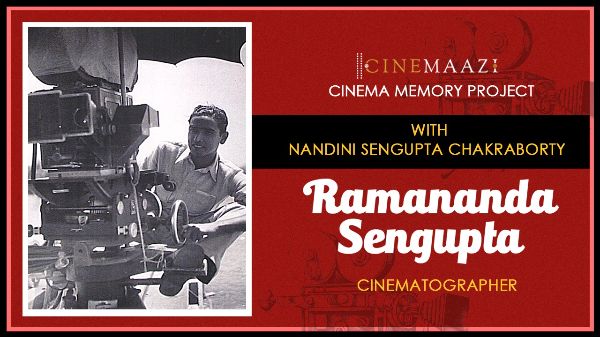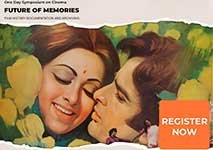The Quiet Luminary: Cinematographer K Vaikunth and His Poetic Alliance with Gulzar
In the vibrant, often boisterous world of Hindi cinema, the light is usually bright, the colours saturated, and the glamour unmistakable. Yet, throughout the 1970s, a different visual language emerged - one of soft shadows, nuanced emotions, and a profound, aching beauty. This was the language of filmmaker Gulzar, but its grammar was defined by the man behind the camera, cinematographer Krishna Vaikunth, or K Vaikunth as he is credited. His birth name was Vaikunth Dattaram Kunkolienkar. However, for his film career, he dropped his original Goan surname, Kunkolienkar, due to its challenging pronunciation and the awkward space it occupied on posters and credits. Vaikunth’s collaboration with Gulzar was one of the most symbiotic in Indian cinema, a meeting of two poetic sensibilities that translated complex human emotions into unforgettable imagery. To understand this partnership is to appreciate the journey of a craftsman whose life was dedicated to painting with light, both on and off the set.
Vaikunth’s journey into the world of cinema began not in the glare of studio lights, but through a humble, foundational role. Born on August 25, 1925 in Margaon, Goa, his first foray into the film industry was as a fifth assistant to cinematographer Surendra Pai on the 1949 film "Bari Behen". This was the classic old-school apprenticeship, a world away from formal film institutes. It was here, on the floors of film studios and sets, that he learned the rigours and disciplines of filmmaking from the ground up. His talent and dedication soon caught the eye of another established cinematographer, Pandurang Naik, under whose mentorship Vaikunth further honed his craft. This period of foundational training was crucial, it instilled in him not just technical proficiency but a deep respect for the collaborative nature of filmmaking.
However, before delving into the world of feature length films in Bombay, Vaikunth had already sharpened his eye and his storytelling instincts in a realm that demanded precision and realism with documentary filmmaking. He worked on significant documentaries like Rajbhans Khanna’s The Story of Kashmir and later The Great Betrayal. Both of these films went on to win the President Medal Award. He later collaborated with S Sukhdev on a documentary called And Miles to Go which won the Bengal Film Award. This experience was arguably the finishing school for the style he would later perfect. Documentaries required a knack for capturing truth as it unfolded, for using natural light effectively, and for composing shots that told a story without the crutch of dialogue or melodrama. This background is palpably evident in his work with Gulzar. He brought a documentarian’s unobtrusive eye and a commitment to authenticity to the fictional narrative, making the emotions feel earned and the worlds he created feel palpably real.
His big break and his formative years as a full-fledged cameraman were shaped under the banner of the prestigious Sippy family. He worked extensively with G P Sippy, carving a niche for himself as a reliable and artistic cinematographer. It was during this tenure, on the sets of a Sippy production, that fate orchestrated a meeting in Sippy’s office that would change the course of his artistic life. A young Gulzar, then working as a lyricist and writer, was also frequently present on the sets. The two soft-spoken artists, one a wordsmith and the other a light-smith, found a common wavelength. They connected not over grand ambitions, but over a shared appreciation for subtlety, for the unspoken, and for the raw authenticity of life that they both sought to capture in their art. When Gulzar was preparing to direct his first film, "Mere Apne" (1971), he knew exactly who he wanted as his visual translator. He offered the cinematography role to Vaikunth, thus igniting a partnership that would define a decade of Indian auteur cinema.
The Gulzar-Vaikunth aesthetic was a deliberate and beautiful departure from the mainstream. Gulzar’s narratives, often focused on internal conflicts, social outsiders, and the melancholy of lost time, needed a visual language that was empathetic, not exploitative. Vaikunth provided exactly that. He pioneered a naturalistic lighting scheme that felt revolutionary in its simplicity. In films like "Koshish" (1972) and "Aandhi" (1975), light doesn’t just illuminate actors, it behaves as it would in the real world. It streams through windows, casting long, expressive shadows across a room, it filters through veils and curtains, softening moments of intimacy, it fades with the dusk, mirroring a character’s fading hopes. Vaikunth strictly adhered to the natural lighting style during his partnership with Gulzar. He also masterfully used darkness not to conceal, but to reveal inner turmoil. A face half in shadow could express more than pages of dialogue.

His composition was equally thoughtful. Vaikunth frequently used architectural elements, doorways, windows, banisters, to frame his characters; visually emphasising their states of entrapment, isolation, or contemplation. In Koshish, a film about a deaf and mute couple, his camera becomes their voice. The story is told through extreme close-ups on hands signifying and eyes speaking volumes, a technique that requires immense confidence and empathy from a cinematographer. The camera is often static, a patient observer, allowing the audience to inhabit the moment and the space with the characters.
This visual philosophy adapted seamlessly to the needs of each unique story. In the psychological thriller "Achanak" (1973), Vaikunth’s palette is stark and unforgiving. He employs high-contrast lighting and sharp, claustrophobic angles to plunge the audience into the fractured mind of a murderer, played with simmering intensity by Vinod Khanna. Conversely, for the period drama "Meera" (1979), he bathes Hema Malini in a soft, ethereal light, composing frames that resemble classical Rajasthani miniatures. The camera moves with a lyrical grace, matching the devotional fervour of the protagonist.

Despite crafting the visual identity of some of the most critically acclaimed films of his era, K Vaikunth remained, much like his lighting style, a presence felt more than seen. He was a quiet, humble artist, but those who worked with him knew another, equally vital side of his personality. On sets often engulfed by the deep-rooted anxiety, stress and the pressure of deadlines, Vaikunth was the man who could conjure light-heartedness. As noted by Joe Maski, a public relations officer for film producers, Vaikunth was beloved for his amazing sense of humour, a characteristic "now fast diminishing in an industry bogged by pulls and pressures." Maski recalled that Vaikunth's instant wit would have most of the people on the sets "roaring with laughter," providing a crucial release valve. "The lighter side is more appreciated by directors and producers because there is a lot of heat generated while shooting... We need men of this type in the film industry very badly because they help keep one's cool at the very moment when it is most needed," Maski wrote. This unique ability to diffuse tension made him an invaluable asset on any production.

This jovial spirit stood in perfect harmony with a fierce, unwavering dedication to his art. As noted film critic Shantaram Kale observed, the hallmark of Vaikunth's shots was that "he would ensure that the right moods were captured by his camera." Kale wrote, "What strikes a viewer about Vaikunth's films is that he would put his heart and soul into capturing the right moods and would settle for nothing less than a perfect shot. And to ensure that, he would even risk his life while taking the shot." This combination of profound professional integrity and a generous, light-hearted personality cemented his legacy.

His partnership with Gulzar became a rare alchemy, a poet-director who thought in images found a cinematographer who saw the world through a poet’s eyes. Together, they didn’t just make movies, they composed visual haikus, where every shadow, every beam of light, and every carefully composed frame spoke the unspeakable. K Vaikunth was not only a master of crafting light for the screen; he was, in the truest sense, a bringer of light, both artistic and personal, leaving an unflinching mark on the soul of Indian cinema.
Sources:
https://kvaikunth.com/about/
https://timesofindia.indiatimes.com/city/goa/when-a-goan-cinematographer-stole-the-show/articleshow/55643638.cms
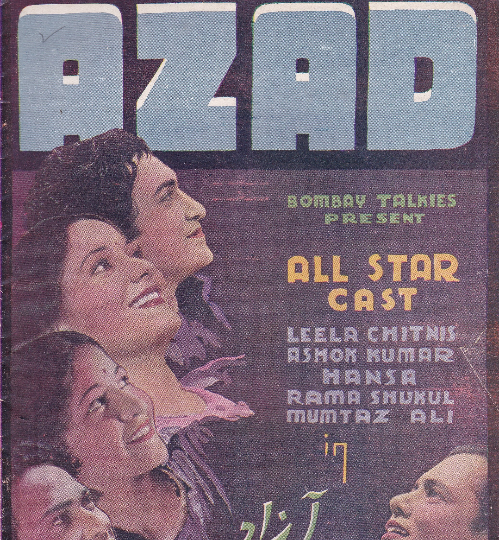
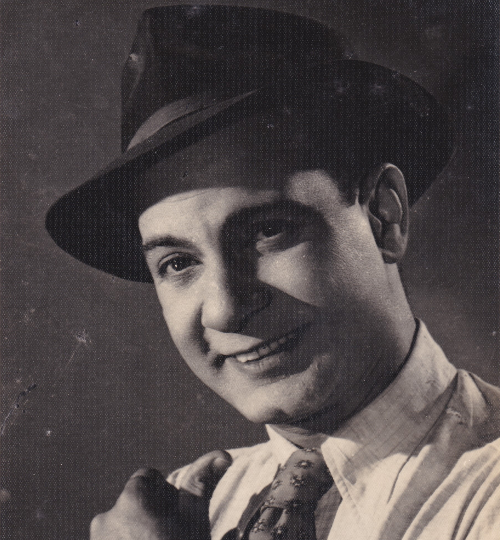
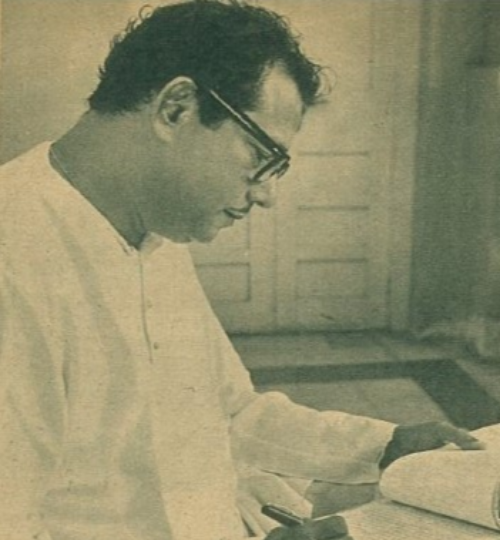


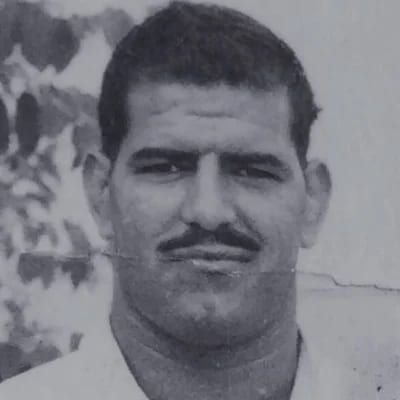


.jpg)
